How? We are committed to the highest standards.

Research
Scientific research is a systematic process of studying phenomena by collecting, analyzing, and interpreting data through rigorous methods to gain new knowledge and understanding about the natural world, often utilizing the scientific method to test hypotheses and draw conclusions based on evidence; it involves a planned approach to inquiry and observation, aiming to answer questions and expand our knowledge across various scientific fields.

Scientific Method
The scientific method is an empirical method for acquiring knowledge that has been referred to while doing science since at least the 17th century. The scientific method involves careful observation coupled with rigorous skepticism, because cognitive assumptions can distort the interpretation of the observation. Scientific inquiry includes creating a testable hypothesis through inductive reasoning, testing it through experiments and statistical analysis, and adjusting or discarding the hypothesis based on the results.
–
The links above will connect you to content on Wikipedia.

Scholarship
Scholarly activity is important because it drives the advancement of knowledge within a field by encouraging critical thinking, research, and the dissemination of new findings, ultimately leading to improved practices, better understanding of complex issues, and the development of innovative solutions across various disciplines; it also fosters intellectual curiosity, enhances professional credibility, and contributes to the overall quality of education and research within an academic community.

Culture
A “healthy work culture” is a workplace environment where employees feel valued, respected, and supported, with open communication, a sense of trust, opportunities for growth, and a focus on work-life balance, all built upon a set of shared core values that guide company actions and decision-making; essentially, a positive and productive atmosphere where individuals can thrive and contribute meaningfully to the organization.

Mentoring
Mentoring is a reciprocal and collaborative at-will relationship that most often occurs between a senior and junior employee for the purpose of the mentee’s growth, learning, and career development. Often the mentor and mentee are internal to an organization, and there is an emphasis on organizational goals, culture, career goals, advice on professional development, and work-life balance. Effective mentors often act as role models and sounding boards for their mentee and provide guidance to help them reach their goals.

Big Ideas & Mistakes!
A “big idea” refers to a central, overarching concept or theme that forms the foundation of a learning topic, while “mistakes” are errors or incorrect actions that can occur during the learning process, but are often viewed as valuable opportunities to learn and grow, especially when considering the “big idea” being explored; essentially, mistakes can be stepping stones to understanding the core concept.

Diversity, Equity, Inclusion
Diversity refers to a variety of characteristics within a group of people. In the lab, diversity may mean different characteristics in race, ethnicity, gender, gender identity, sexual orientation, age and/or socioeconomic background.
Equity is the quality of being fair and recognizing that every individual has different circumstances and experiences, but resources and opportunities are allocated to reach an equal outcome.
Inclusion is the practice of helping people to feel a sense of belonging and making sure that everyone has their voices heard.
Combining these three elements, DEI recognizes the value of diverse voices and emphasis that our success stems from inclusivity and employee wellbeing.

Service
Community service is important because it allows individuals to actively contribute to their community by volunteering their time and skills to help others in need, fostering a stronger society by addressing local issues, building connections within the community, and promoting personal growth through developing empathy and leadership skills.
• Local science fairs
• Middle school STEM activities
• Community fundraising
• American Cancer Society events
Ozbun Lab Mission Statement:

Think win-win!
The Ozbun Research Laboratory is a basic-to-translational science research team, endeavoring to create a collegial and interdependent atmosphere for developing scientific independence and critical thinking for students, post-docs, and staff.
We are committed to making significant and timely strides in understanding how human papillomaviruses cause infections that can progress to malignancies.
We approach scientific questions with passion and perseverance, striving for scientific excellence.
We believe that we are part of a bigger world-wide scientific team and that no one need gain from another’s losses or lose when another wins.
Our Laboratory Team
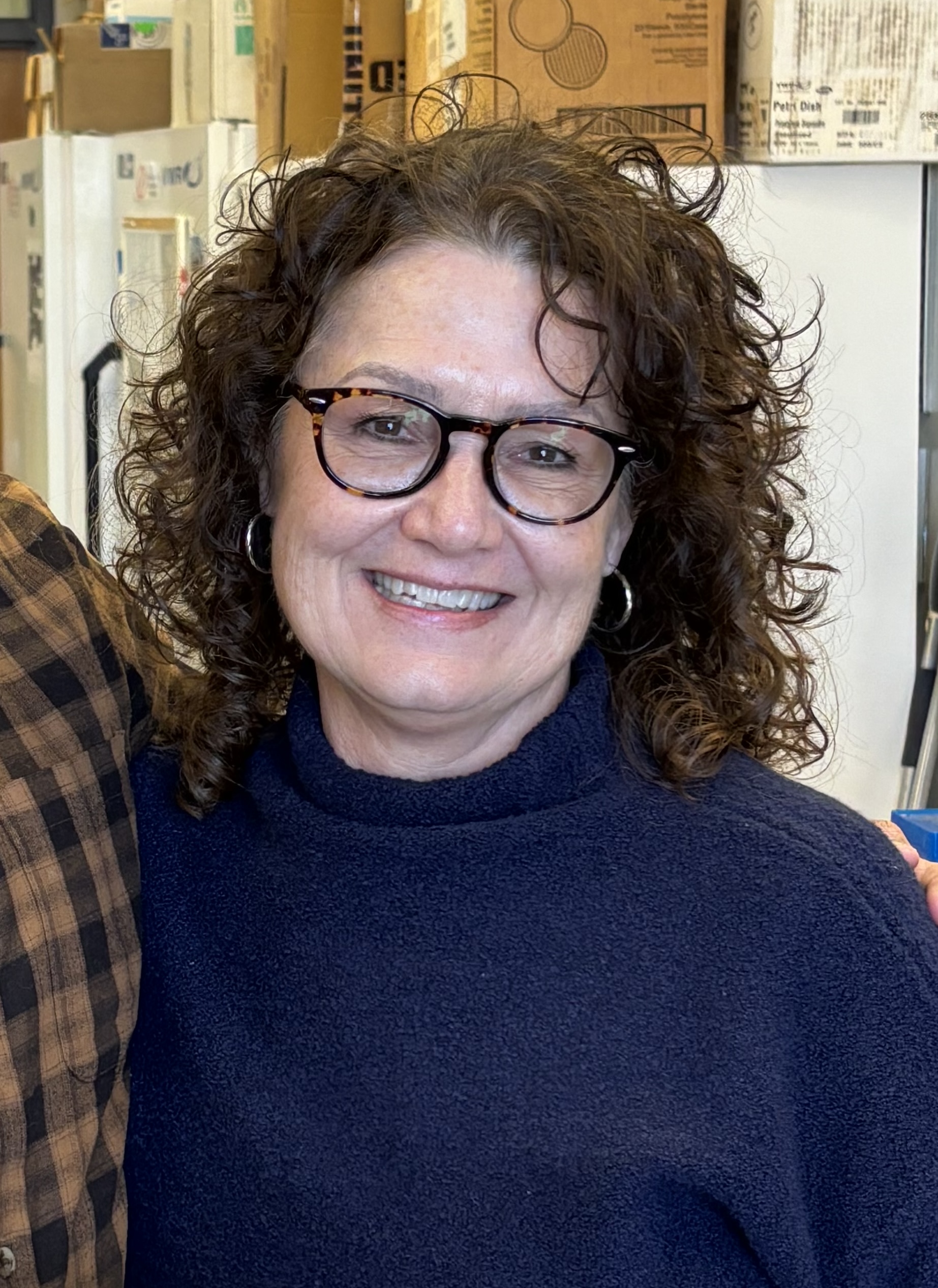
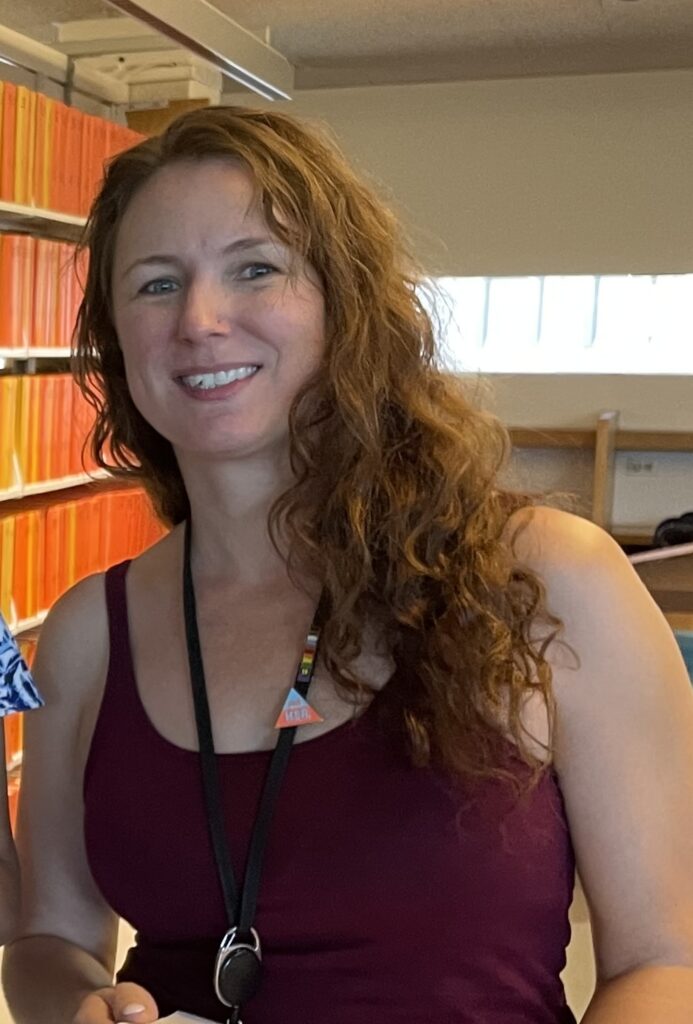


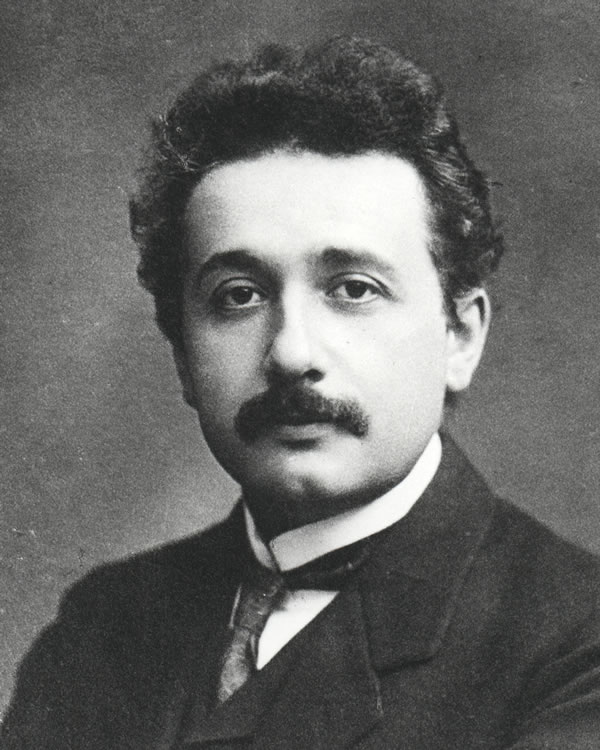
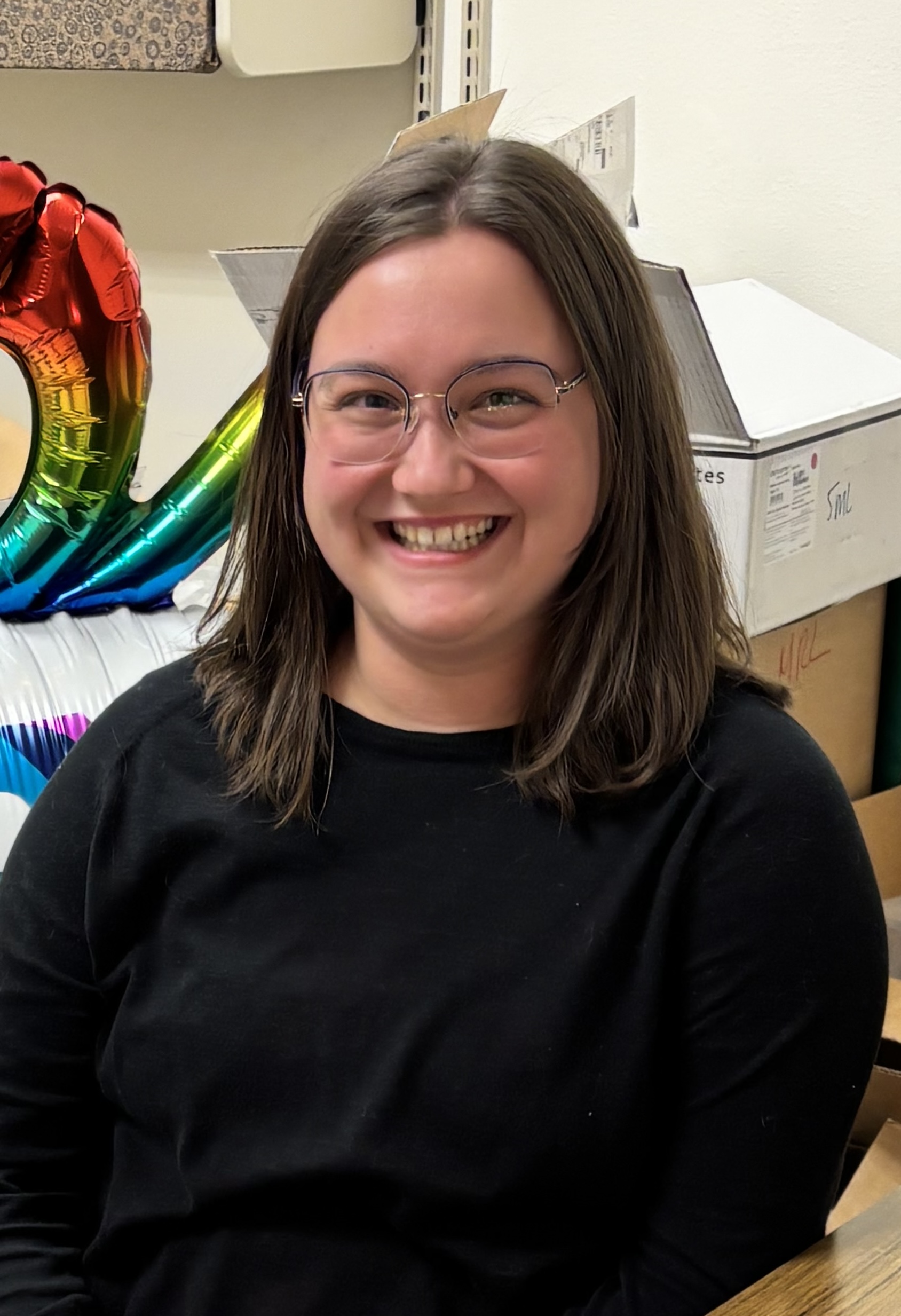
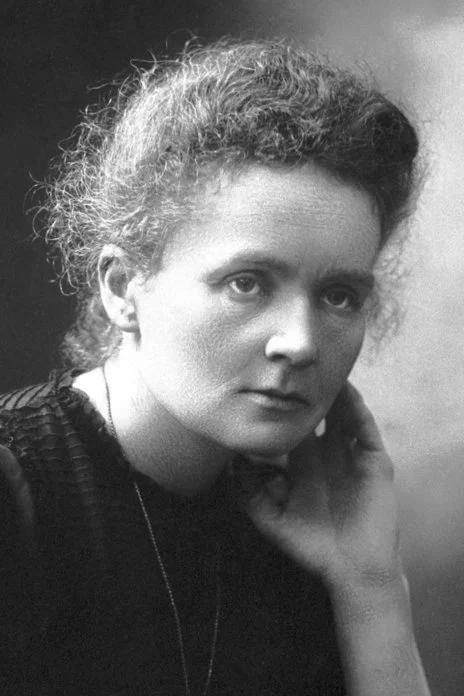
Upper: Michelle Ozbun, Raquela Thomas, Garrett Carrasco, Rebecca Sanchez
Lower: Cade Chilcoat, Other Important Scientific Figures you should know (Marie Daly, Albert Einstein, Marie Curie)
